A friend told me about it and we decided to go and investigate. So what do you think is inside this old building?

I found a few pieces of my distant past inside and hope that I have kindled your interest.
We traveled to a seashore town especially to see this and I have posted the first part of our travels in my post on #silverbloggers earlier today.
I wanted to do this post earlier, but we had an emergency power cut, so all my plans for the day were shipwrecked.
So I hope that this post will also be liked.
We traveled down to park our car at the sea front as we wanted to visit the white building at the right-hand side.

Now this amazing organ is what we found inside the building. A shop called "Voetstoots" meaning that whatever you buy is at own risk with no returns or guarantees. This was how people did business in the old days.
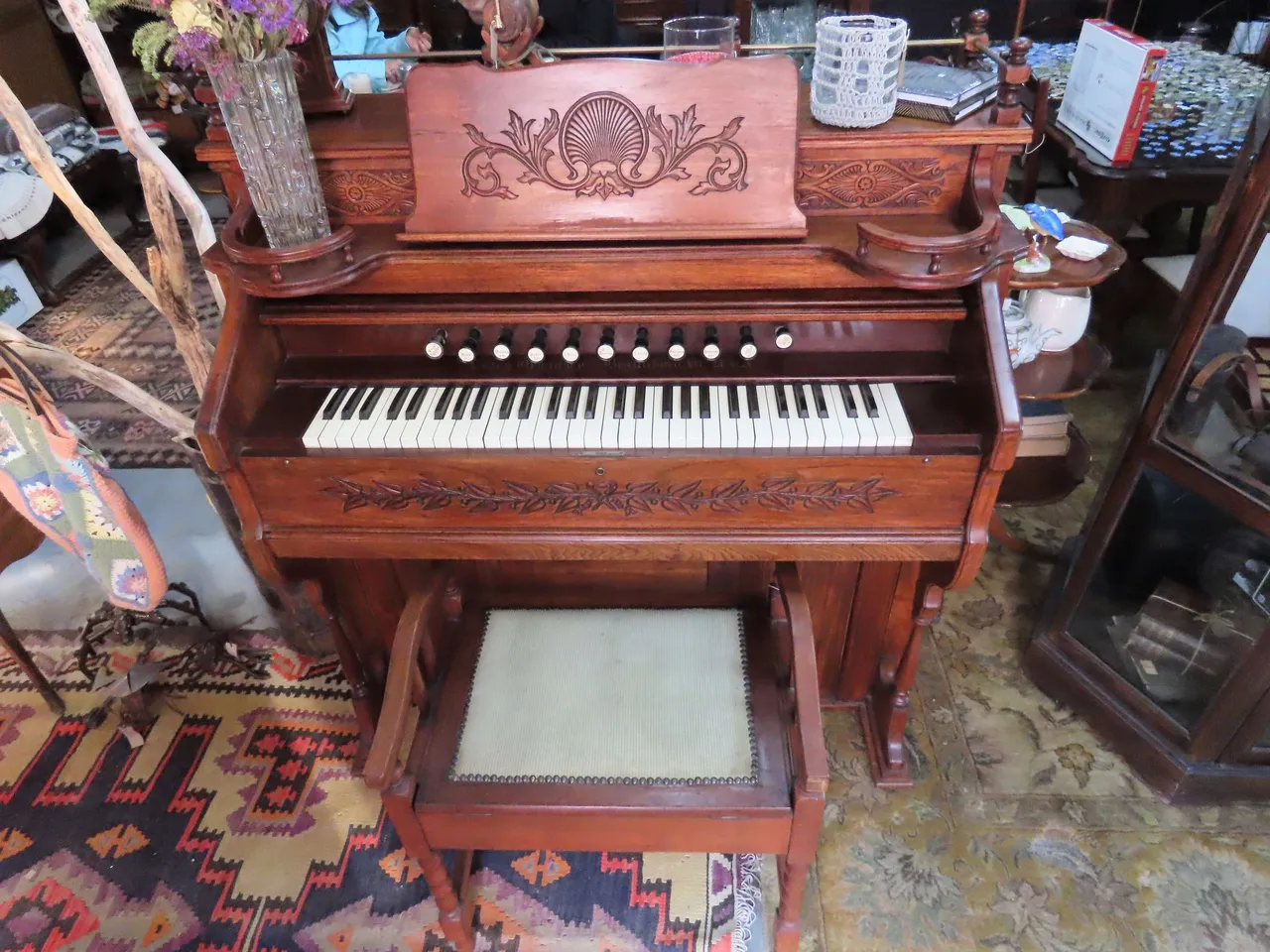
Estey Organ Company was an organ manufacturer based in Brattleboro, Vermont. The company was founded in 1852 by Jacob Estey, who bought out another Brattleboro manufacturing business. At its peak, the company was one of the world's largest organ manufacturers, employed about 700 people, and sold its high-quality items as far away as Africa, Great Britain, Australia, and New Zealand. Estey built around 500,000 to 520,000 pump organs between 1846 and 1955. Estey also produced pianos, made at the Estey Piano Company Factory in New York City.
Source
So now I know where the name "Vermont" comes from as we have a suburb called "Vermont" in the town of Hermanus.
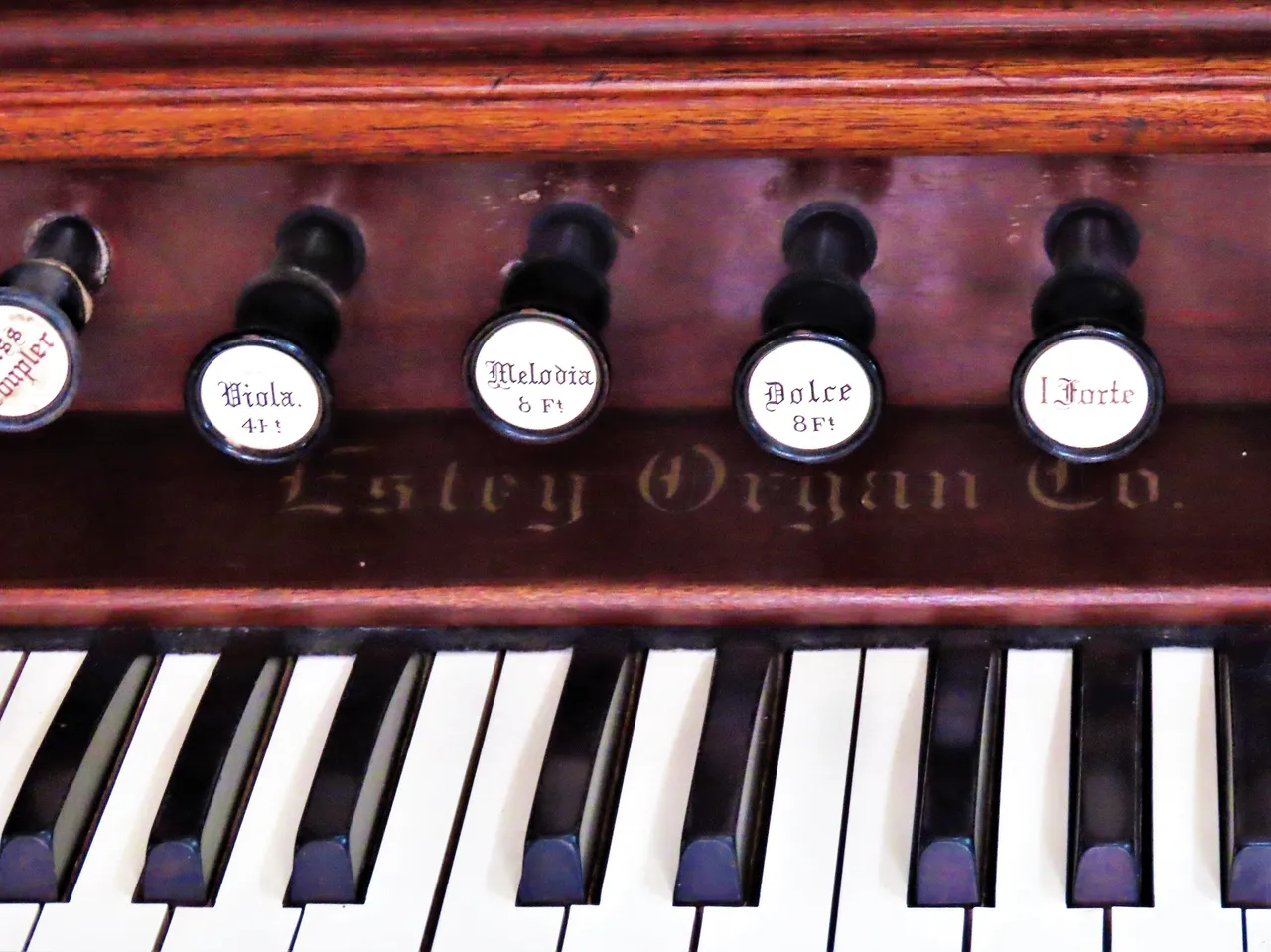
This particular pump organ was manufactured in 1905 and the reason why I love it is that my mom could play beautiful music on it on our farm when I was a child.
Although the price of this organ was very good, we could not afford it as I am saving up to pay for another operation.
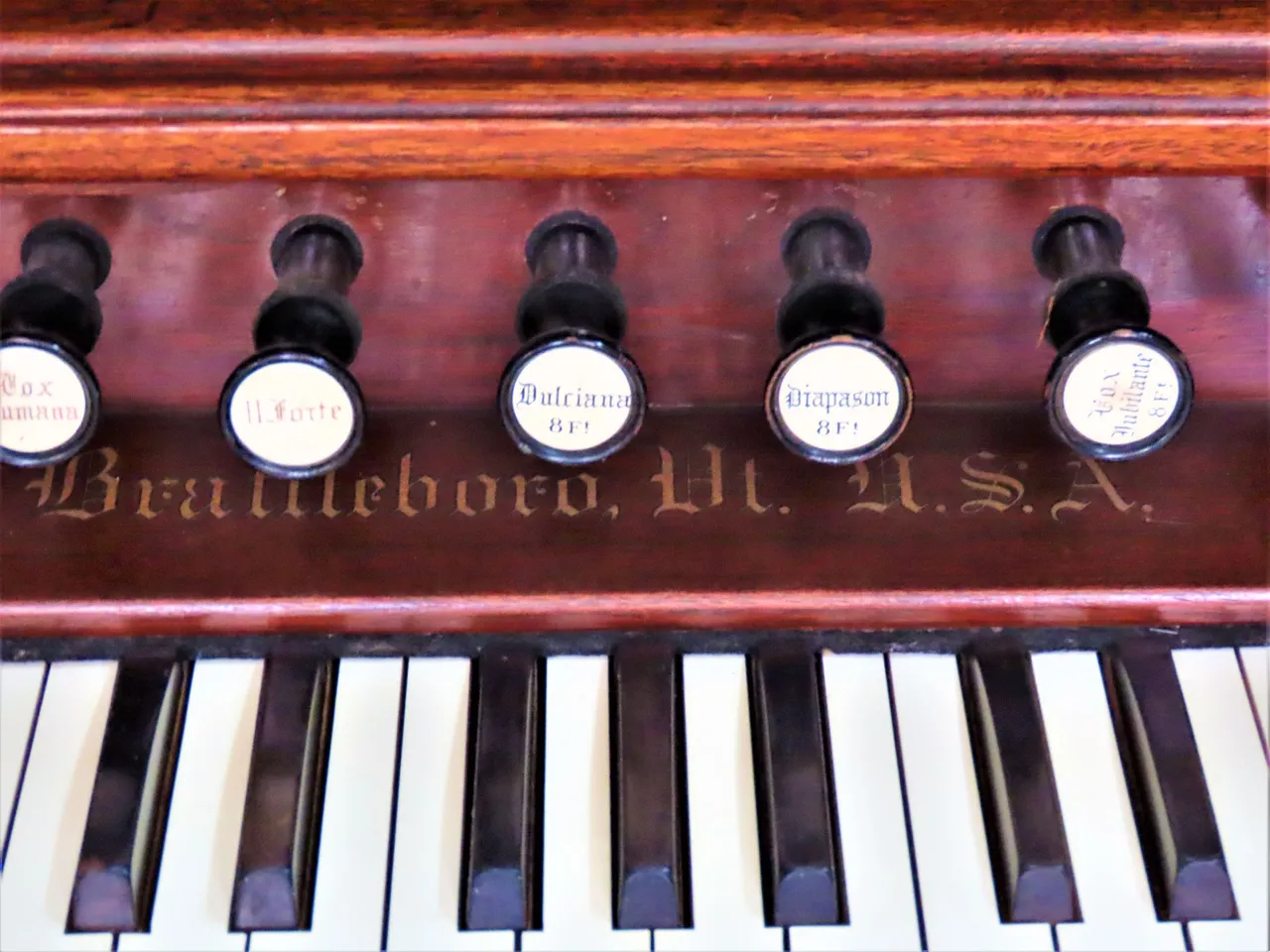
Now let's have a look at the other goods in the shop.
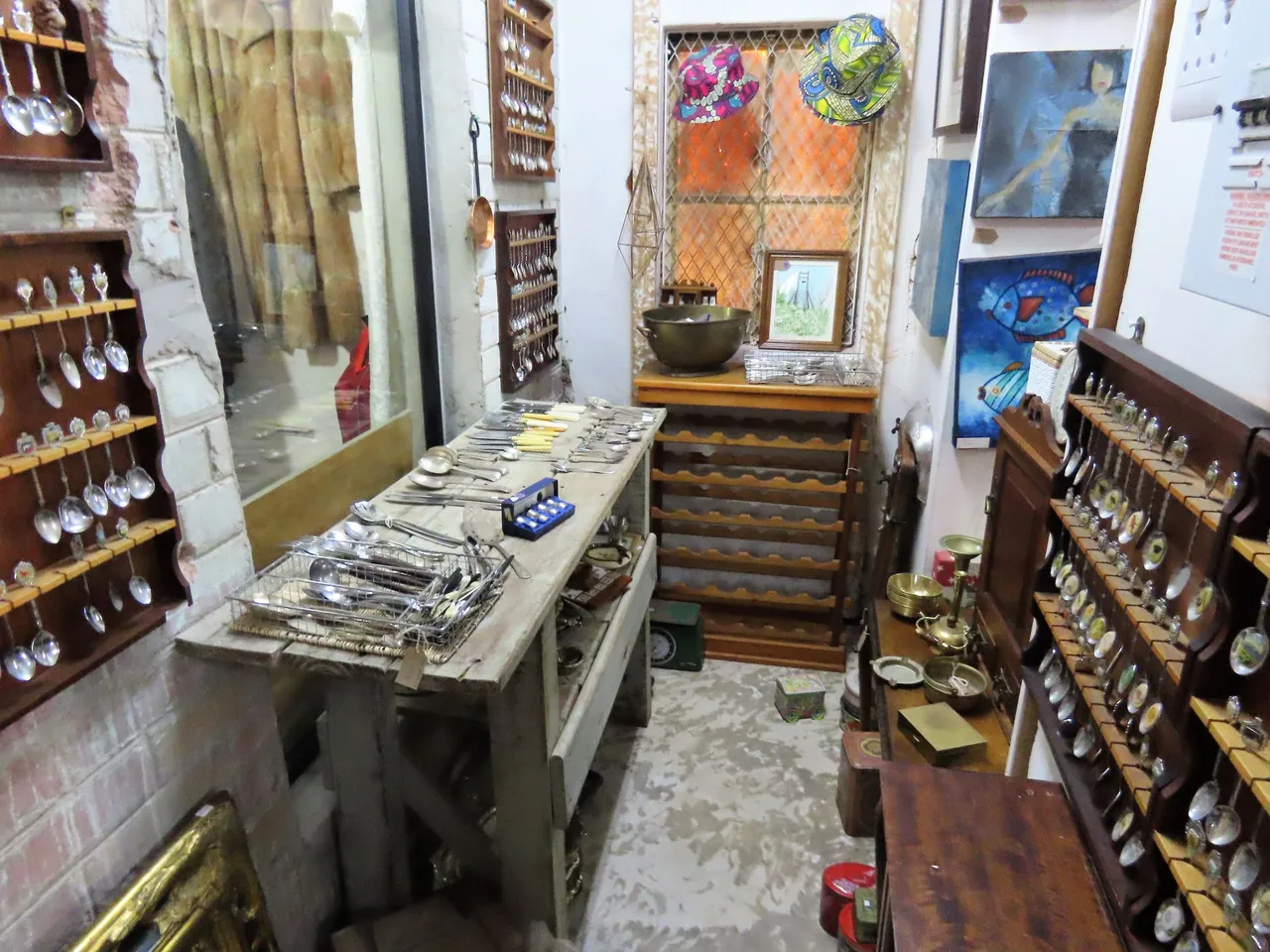

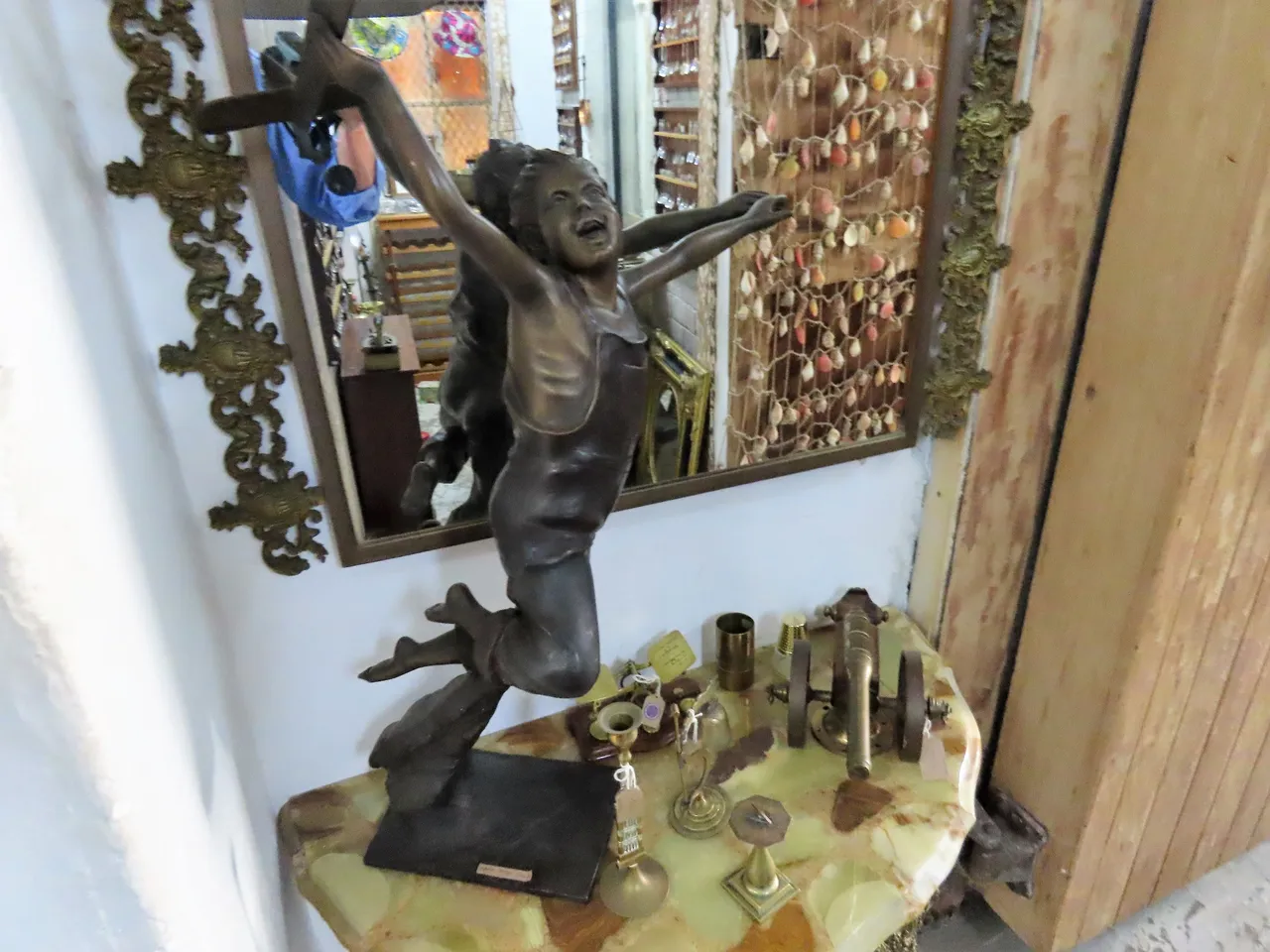

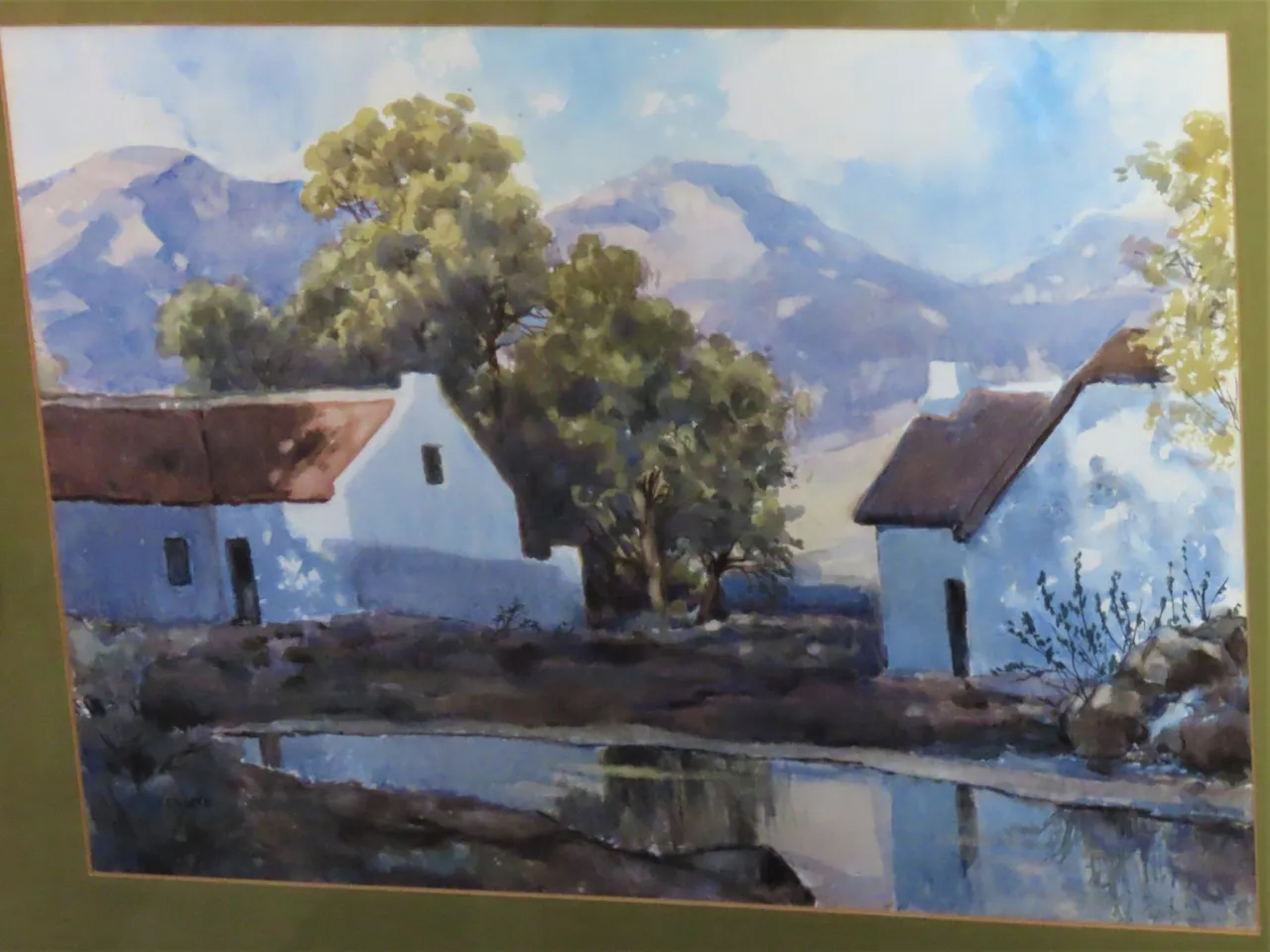
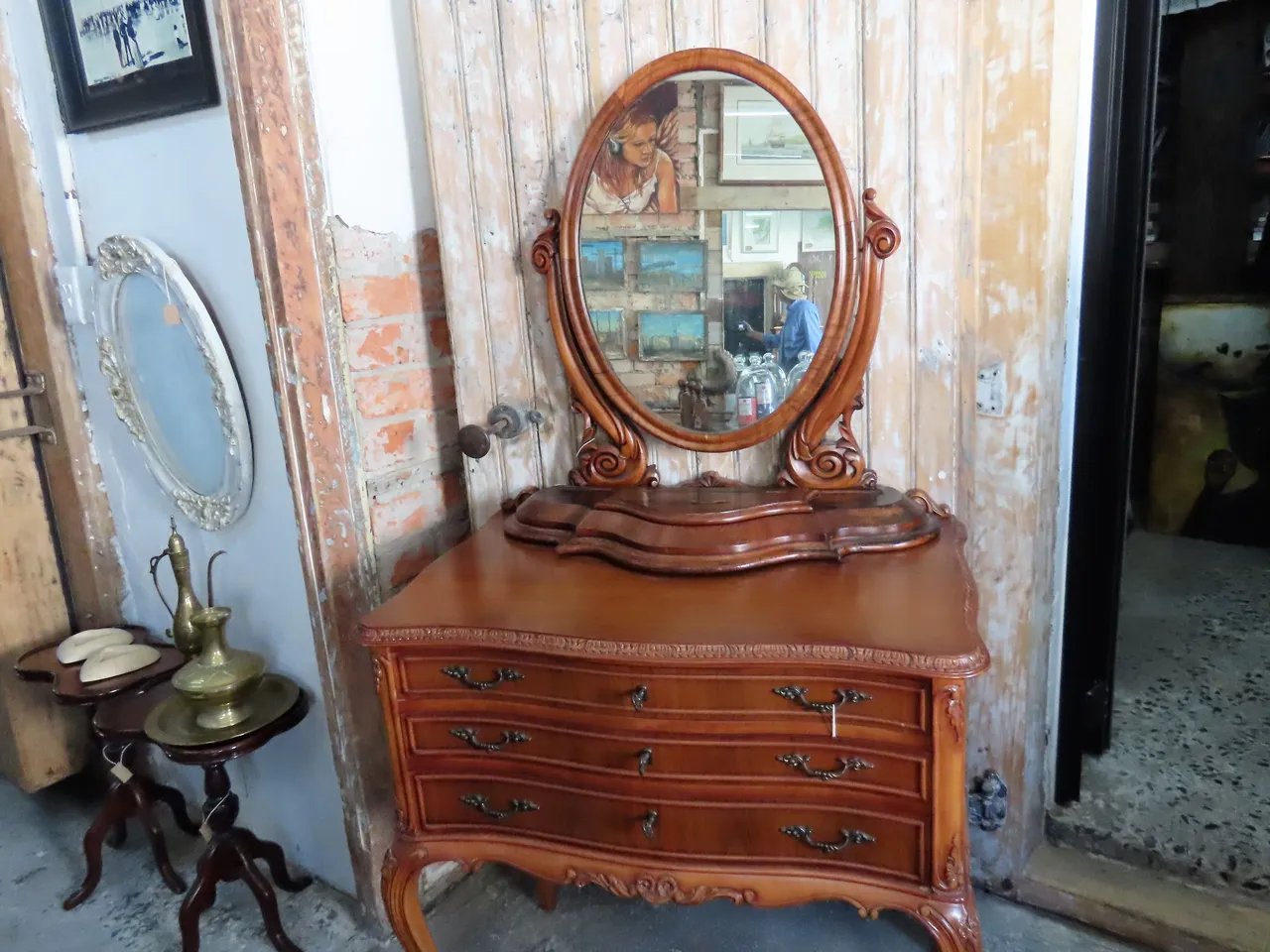

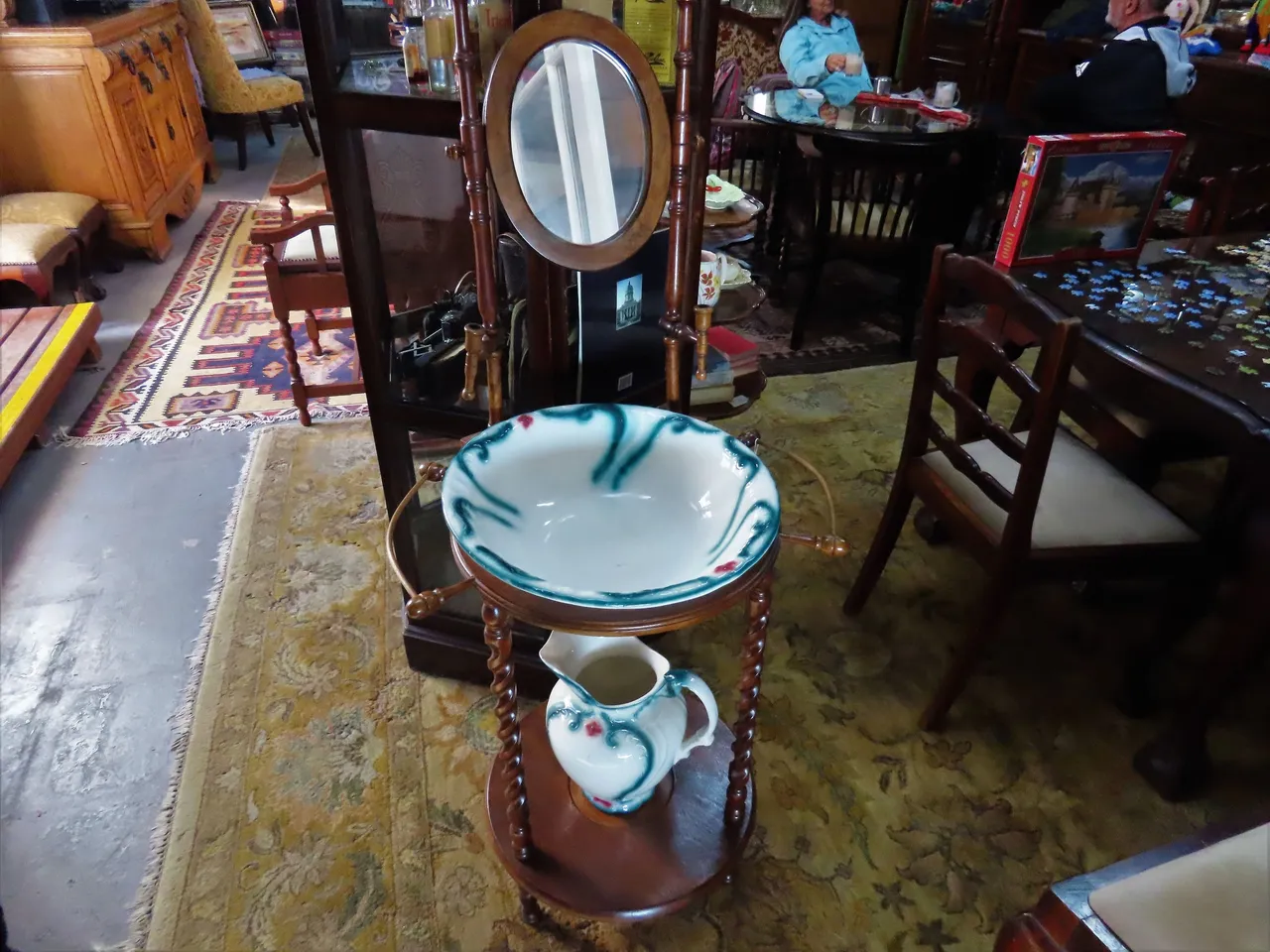
Another interesting tidbit.
In the photo below we see the first landing of a Portuguese ship in the bay, as they thought it was the Cape Point bay.
There is a huge rock overhanging the sea called "Hangklip", meaning "Hanging Stone" and the Potuguguese often mistaked it as Cape Point. So they often had to turn around and they called the bay, "Cabo Falso" meaning "False Bay".
This information is in a book called, "Cape of Storms and surprises" by Perry Martin.
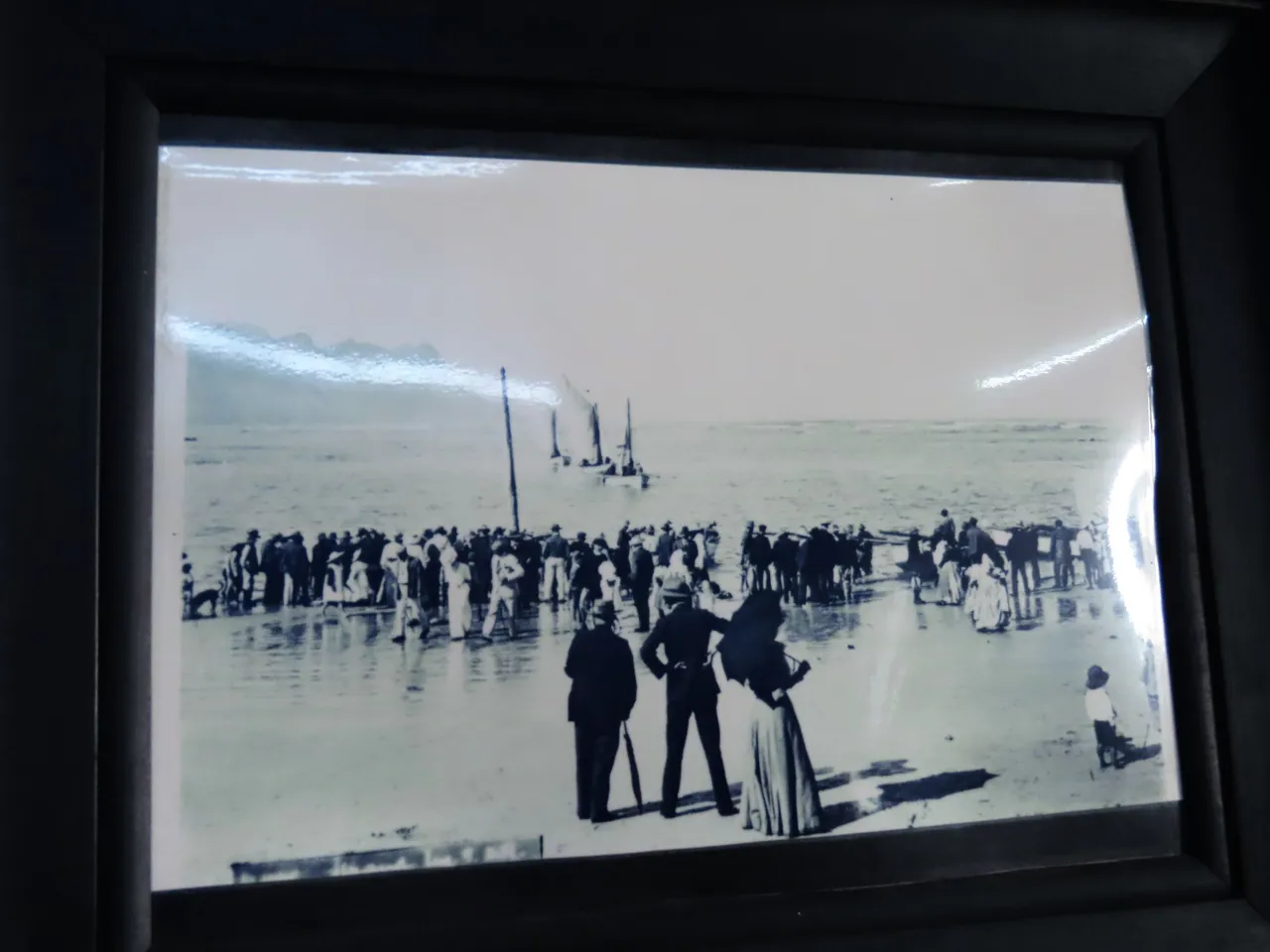
Life in the days of the 1950s.
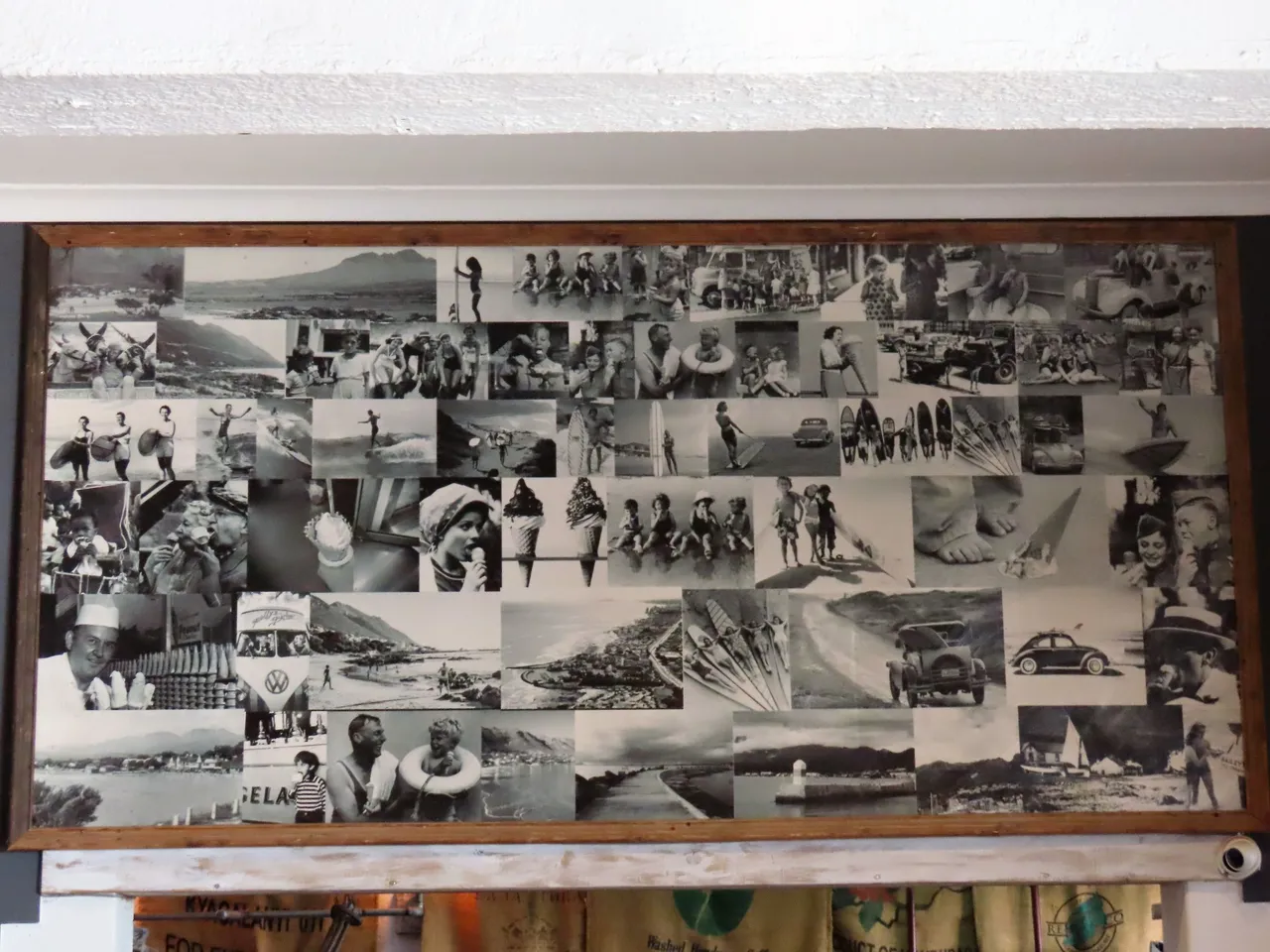
A picture depicting the early settlers getting ready for a battle.
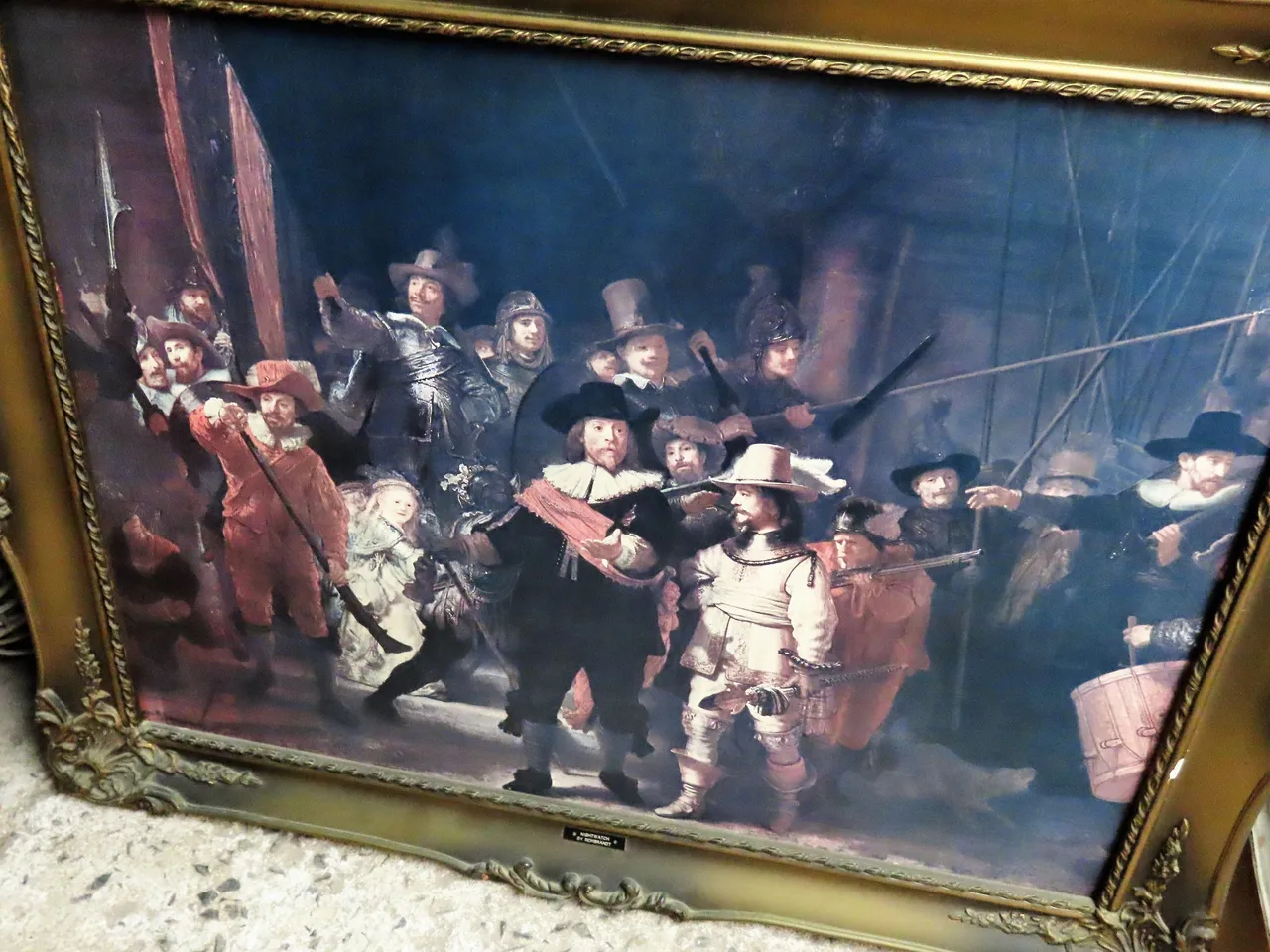
Finally two chandeliers made with masses of old light bulbs.
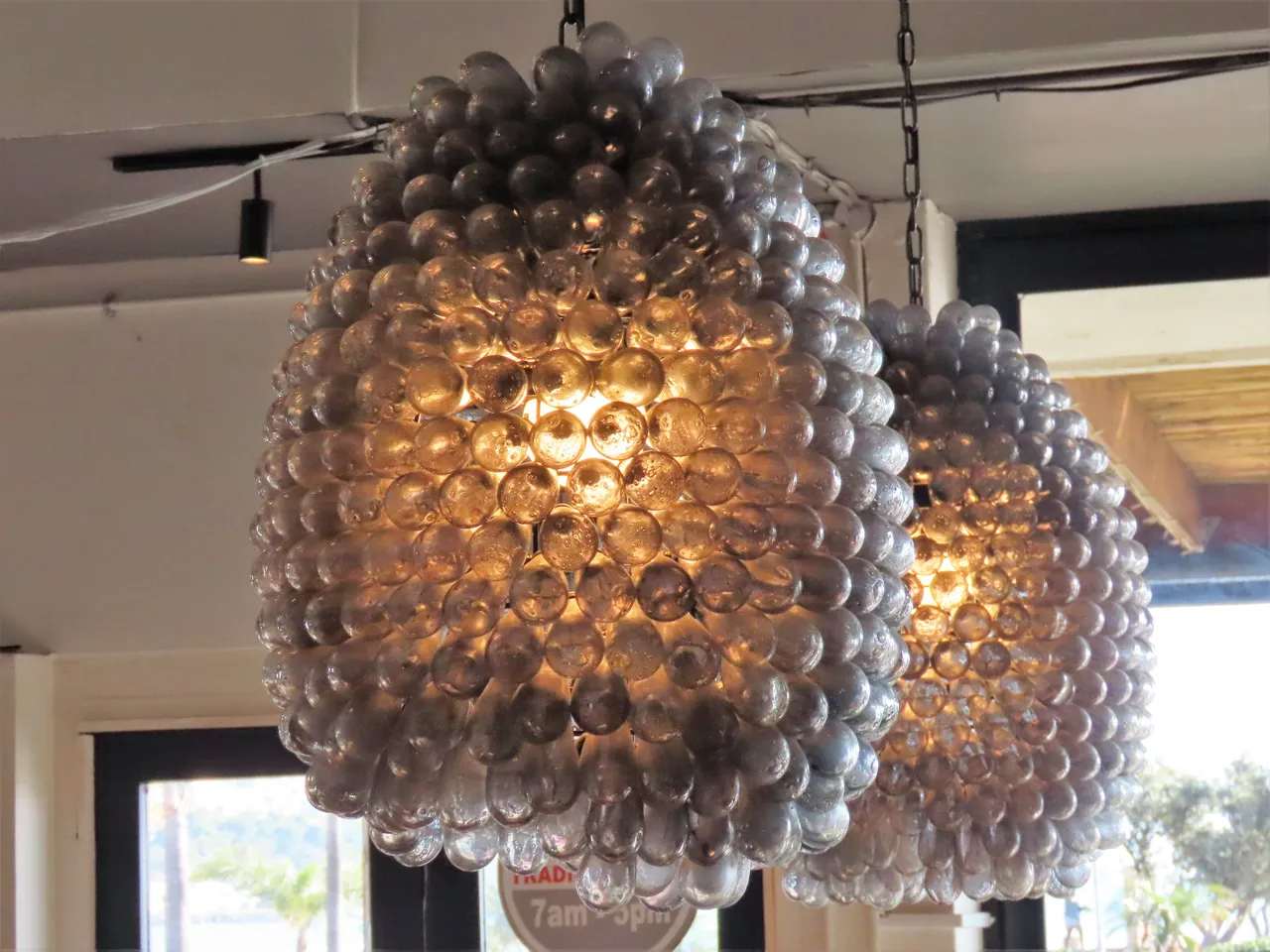
As all of this is on sale, I figured it best to post it in my friend @dswigle lovely #marketfriday community. Simply because markets are for goods on sale. Makes sense doesn't it :)
History was one of my strong subjects at school as it holds so many fascinating stories and adventures. David Livingston and other brave souls like him had great experiences in the tough African conditions with none of the modern equipment that we have today and they were real path finders. A very sad period was also the slave trade and nowadays we try to beat it with the illegal wildlife trade. Africa holds a vast number of stories about the stripping of the continent of people and minerals and it continues to this day.
Just a sad swansong here and I hope that you liked the pictures.
And That's All Friends. (Now to wait for the next power cut!)
Photos by Zac Smith-All Rights Reserved.
Camera: Canon Powershot SX70HS Bridge camera.
Thank you kindly for supporting a post on behalf of @papilloncharity